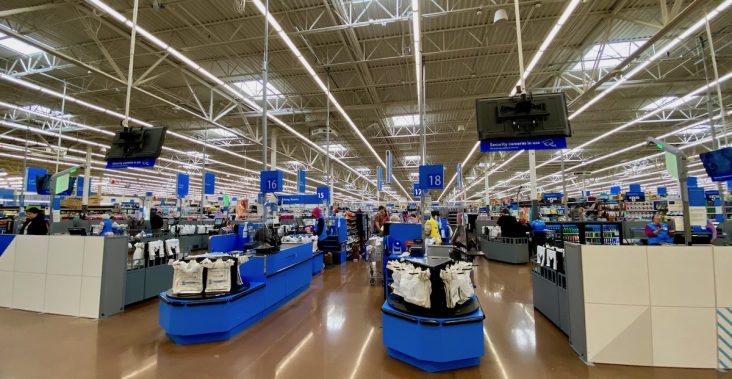NRF: Retail sales increased by 2.72% in March
by April 15, 2024 9:11 am 344 views

Consumer spending on retail goods—excluding automobiles and gasoline—was up 0.36% in March compared with February and 2.72% from a year ago, according to the National Retail Federation data compiled in the CNBC/NRF Retail Monitor by Affinity Solutions.
Core retail sales, which exclude restaurant receipts, ended March up 0.4% from the prior month and increased 2.99% from March 2023.
“As inflation for goods levels off, March’s data demonstrates steady spending by value-focused consumers who continue to benefit from a strong labor market and real wage gains,” NRF President and CEO Matthew Shay said. “In this highly competitive market, retailers are having to keep prices as low as possible to meet the demand of consumers looking to stretch their family budgets.”
Through the first quarter, total retail sales were up 2.65% from a year ago, with filtered core sales growth of 3.12% in the same period.
March was the sixth month for the Retail Monitor sales data, which analyzes debit and credit card usage at U.S. retailers. The data is unlike the survey-based data compiled by the U.S. Census Bureau, which is revised over time.
CBNC Economist Steve Liesman said spending bounced back from earlier this year, with March sales up in six of nine retail categories. NRF reports that online sales led the growth in March, up 2.48% from the prior month and 15.47% year over year. Sporting goods and hobby sales were up 0.86% month over month and 8.33% higher than a year ago.
Consumers are also spending more on health and personal care goods, rising 4.5% from a year ago. Grocery and beverage sales were up 1.17% month over month and up 4.22% from a year ago. NRF reports general merchandise sales were 3.38% higher than a year ago. Clothing and accessories were up 2.13% from a year ago.
Categories where consumers pulled back spending in March included building and garden supplies, down 2.13% from the prior month and down 3.97% year over year. Furniture and home furnishings sales fell 1.46% month over month and were down 5.28% from a year ago. Consumer spending on electronics and appliances fell 2.27% month over month and decreased 5.92% compared to March 2023.
Despite expectations for slower growth of gross domestic product and retail sales, the economy should continue to do well for the remainder of this year, NRF Chief Economist Jack Kleinhenz said.
“No one can accurately forecast what surprises the next year might hold, but the foundation of the economy is relatively sturdy and still on a sustainable path,” Kleinhenz said, adding that the continuing recovery remains “highly reliant” on consumer spending. “Barring unexpected shocks, it should continue growing in 2024, although not spectacularly.”
Inflation ran a little hotter than expected in March but Kleinhenz said consumer spending continues to be resilient but will be curbed by sustained inflation. He said consumer spending is expected to be 2% this year, down from 2.3% last year.
Kleinhenz said consumer behavior and spending power are tied to financial health, and the consumer sector looks good. He said wage growth should also ease this year, but rising home and stock prices could create a “wealth effect” for many consumers. He also said consumers at the lower-to-middle income level are feeling a pinch from tighter credit and inflation.
